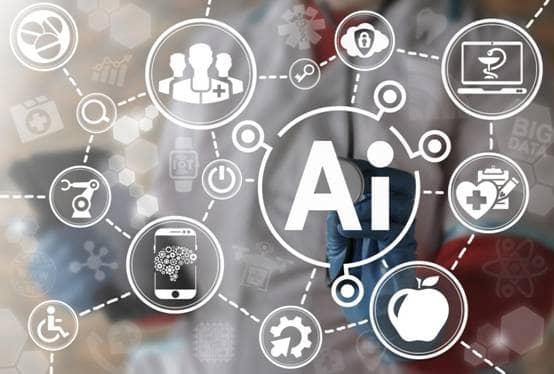Did you know the global artificial intelligence market will grow by 40% every year?
This astounding growth rate is due to AI’s various uses. One of these is image recognition AI. After all, its online business functions are virtually endless.
Do you want to harness AI in image recognition? Consider learning more about it first. Read on as we list some fascinating facts about it:
1. Image Recognition AI Is More Complex
With enough training, image recognition AI algorithms can predict photos accurately. The best face identification algorithms only have 0.08% error rates. It’s a giant leap compared to 4.1% almost a decade ago.
AI needs hundreds and thousands of examples to recognize various faces, objects, and characters. After all, recognizing images are not as simple. It uses different tasks, such as:
- Classification
- Labeling
- Predicting
- Pattern recognition
Human brains can do these things in a split second. As such, neural networks work best for AI and image recognition. They use some closely-tied algorithms to serve as a basis for each other.
2. Neural Networks in AI for Image Recognition
Machines see images as either pixel combinations or polygons. They need humans to tell them what the photograph is all about.
Convolutional neural networks (CNNs) work best for these image recognition processes. After all, they can explain what machines should see directly. Their multilayered architecture allows them to detect and get complex features.
The following are the steps necessary for images to become machine-recognizable:
- Simplification
- Edge detection
- Outline definition
Other methods exist for designing algorithms for AI image recognition. However, CNNs are the standard since they need little pre-processing. They are the best for self-learning AIs.
Also read: The Internet of Things Is a Cybersecurity Nightmare: Here’s How to Protect Yourself
3. Data Annotation for AI Image Recognition Models
Most human work and time resources go to assigning data labels and tags. It makes labeled data—the necessary asset to recognize images like humans.
Some models enable AI image recognition without labeled data. However, they use an unsupervised machine learning model. These have lots of AI training limitations.
Regardless, including various AI labeling tools are vital for more efficient AI and image recognition training.
4. Hardware Issues of AI Image Recognition
Training the AI image recognition algorithm has lots of pitfalls. However, the most prevalent issue is the computational power and storage limitations. These can drag your schedule, causing delays without proper management.
Hardware limitations are significant problems in image recognition algorithm development. After all, computational resources are finite. Heavy images will need lots of power.
Overcoming computational power and storage limitations means making data more lightweight. Compress the images to ensure lower requirements without losing quality.
Invest In Image Recognition AI Now
These are some interesting facts about image recognition AI. Use these facts to determine whether this technology is suitable for your business.
Fortunately, the AI image recognition market is on the rise. You will have no problems finding the best provider around. Read online reviews and ask for recommendations to avoid making mistakes.
Did you find this guide helpful? If so, consider reading our other posts today.


